Samsung DU7192 is a simple and affordable television that performs well for everyday use. Thanks to the VA panel, it stands out with good contrast, which is especially important when watching films in the evening. The blacks are deep, and details in dark scenes are well visible. With subdued lighting, it creates a really good impression. After properly adjusting the colour settings, the picture becomes even more natural, and tonal transitions appear smooth. For daily tasks, the television performs quite well. Tizen, Samsung's operating system, is easy to use and provides access to many popular applications such as Netflix and YouTube. Everything runs smoothly, although some applications may occasionally have limited functionality. A nice addition is support for AirPlay, which allows for quick streaming of content from Apple devices to the large screen. Regarding its use as a monitor, DU7192 also performs adequately. The low input lag (11 ms) makes gaming smooth and responsive – even in fast-paced action games. Fonts are readable when connected to a computer thanks to the well-functioning chroma feature, meaning the television is suitable for simple office tasks. However, this is not a model without flaws. The brightness level of 274 nits is average, so in brightly lit rooms, the screen may look washed out. With HDR content, it is evident that it lacks power, and the absence of Dolby Vision is another downside if full HDR capabilities are a priority. The VA panel also has limited viewing angles – if sitting from the side, colours lose intensity, and contrast deteriorates significantly. Samsung DU7192 is a good choice for those looking for a simple television for watching films, series, or occasional gaming. Excellent contrast and an intuitive operating system are its strengths that compensate for shortcomings in brightness and viewing angles. It is equipment that performs best in evening use or in rooms with controlled lighting.
- Matching (Score)
- Our verdict
- TV appearance
- Where to buy
- Contrast and black detail
- HDR effect quality
- Factory color reproduction
- Color reproduction after calibration
- Smoothness of tonal transitions
- Image scaling and smoothness of tonal transitions
- Blur and motion smoothness
- Console compatibility and gaming features
- Input lag
- Compatibility with PC
- Viewing angles
- TV efficiency during daytime
- Details about the matrix
- TV features
- Apps
- Playing files from USB
- Sound
Samsung DU7192 (VA) vs Samsung U8000F (VA)
Direct compare
U8000F / U8092F


Panel type: LCD VA
Resolution: 3840x2160
System: Tizen
Model year: 2024
Complete the survey to find out the result

Panel type: LCD IPS
Resolution: 3840x2160
System: Tizen
Model year: 2025
Complete the survey to find out the result

Overall rating
5.4
5.7
Movies and series in UHD quality
5.4
5.7
Classic TV, YouTube
5.3
5.9
Sports broadcasts (TV and apps)
4.8
5.5
Gaming on console
6.7
6.5
TV as a computer monitor
6.0
6.0
Watching in bright light
3.2
3.8
Utility functions
5.5
5.5
Apps
8.7
8.7
Sound quality
5.4
5.7
Complete the survey to find out what fits your preferences
Advantages
Advanced Tizen operating system
High native contrast - VA panel
Low input lag
Accurate colour reproduction after calibration
Decent black and contrast (VA panel version)
Advanced Smart system: Tizen
Great for working with text - excellent font display
Basic functions for gamers - VRR and ALLM
Low input lag
Disadvantages
Missing Dolby Vision
Low brightness
Poor viewing angles
Low brightness
Worse viewing angles than the IPS matrix version (Obvious obviousness 😉)
Infrared remote control
Worse appearance than its predecessor
Our verdict
Samsung U8000F with a VA panel is a television that can pleasantly surprise in its class – of course, if we know what to expect from it. The biggest advantage of this variant is certainly the quality of black levels. Compared to the version with an IPS panel, the difference is enormous – the image gains depth, contrast looks significantly better, and evening film sessions no longer feel like watching content through a grey filter. For a budget segment device, this is truly a nice surprise. The reliable Tizen system is also a plus, as it not only runs smoothly but also offers access to a full range of applications, support for SmartThings, and a voice assistant (via the app). The PC mode and console connection function flawlessly – fonts are clear and readable. Additionally, it includes basic features for gamers, such as VRR and ALLM, which – although they won’t transform this television into an e-sports machine – are completely sufficient for occasional gaming.
Of course, like any construction in this budget, the U8000F with a VA panel has its limitations. Viewing angles are not its strongest point – when watching from the side, it’s easy to notice a drop in quality. Nonetheless, it's hard to see this as a serious flaw – because something has to give. Better black levels always come at the cost of slightly less flexibility in positioning. When it comes to HDR, we have rather a symbolic approach – brightness is too low to speak of a true "wow" effect, and the colour palette is limited. But let’s face the truth – that’s not the reason one buys such a television. So if you are planning to purchase the U8000F, we definitely recommend opting for the variant with a VA panel. It’s still a very basic model, but in this version, it offers more than one might expect – especially in terms of black quality. And in this price bracket, that’s quite a lot.
TV appearance
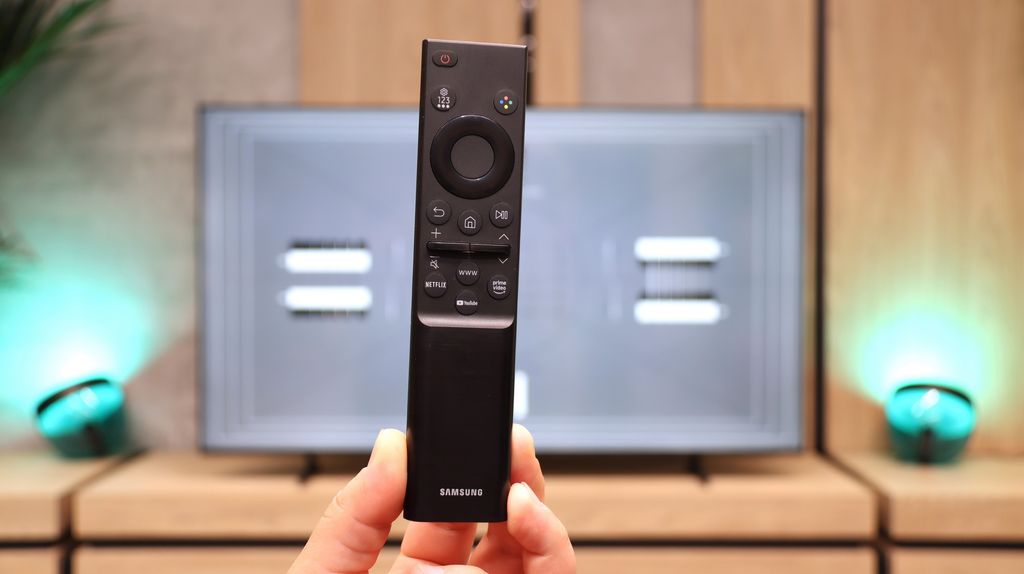
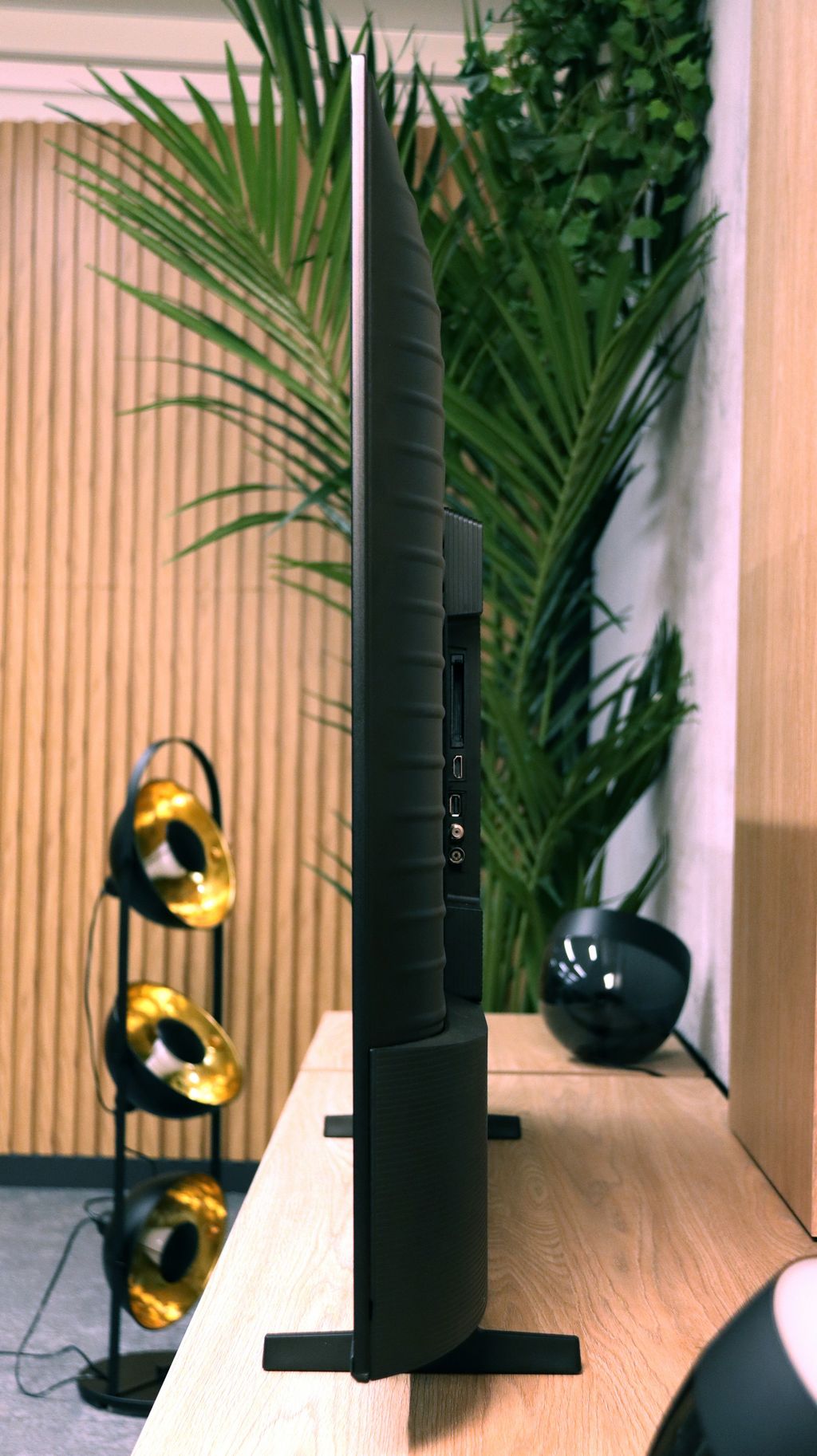
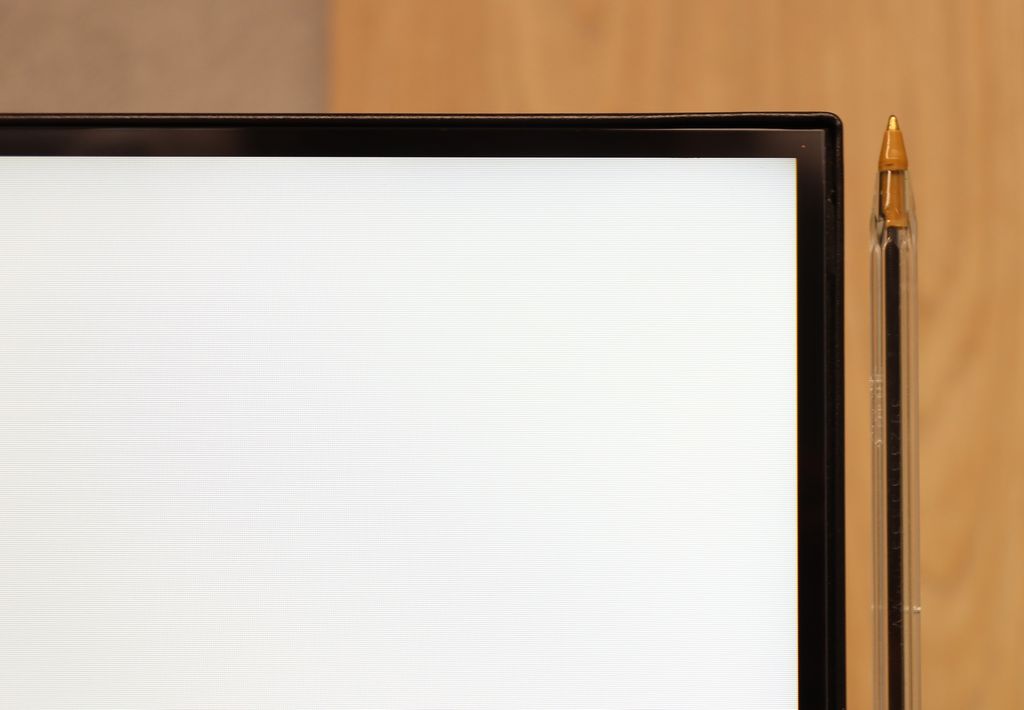
Contrast and black detail
5.7/10
5.3/10
Local dimming function: No
Local dimming function: No
Contrast:

Result
4,400:1

Result
5,200:1

Result
5,250:1

Result
5,250:1

Result
4,650:1

Result
4,600:1

Result
4,150:1

Result
3,900:1

Result
3,750:1

Result
3,400:1
Halo effect and black detail visibility:

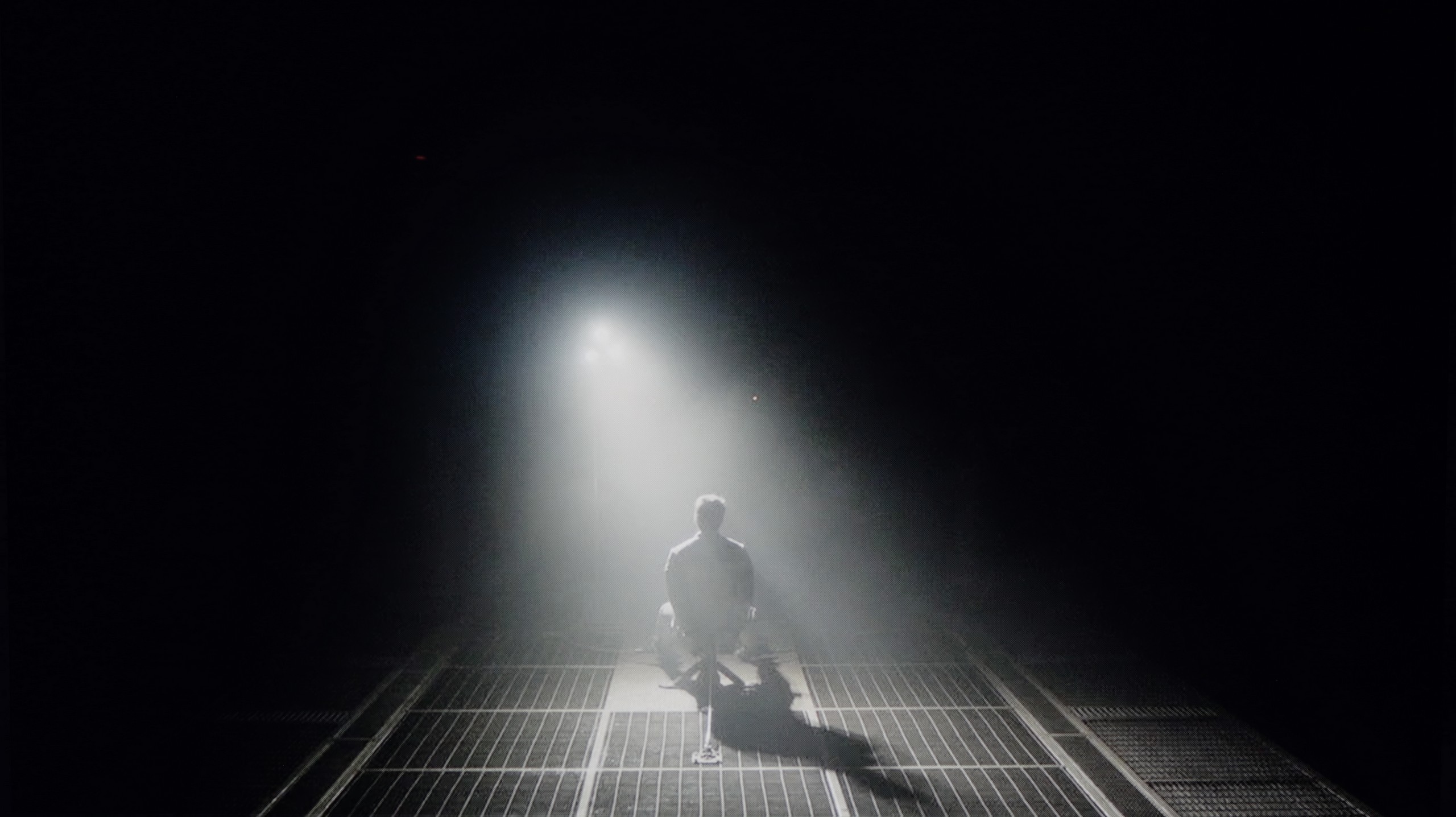
Model Samsung DU7192 in this variant is equipped with a VA panel, which is a definite advantage in this class of televisions regarding blacks. As a result, the contrast levels are good, with test results reaching around 5000:1. For this segment of televisions, this is quite a satisfactory result. Of course, the lack of local dimming – typical for this price range – means that the black in some scenes loses a bit of depth, taking on shades of navy blue. Such an effect can be observed, for example, in the film Sicario 2 during demanding shots. Nevertheless, the overall quality of blacks remains satisfactory, especially for users who do not expect complete perfection in the darkest parts of the image.
It is worth noting that the test concerns variants with a VA panel, which perform considerably better in terms of black levels and contrast than the 55-inch version equipped with an IPS panel. Thanks to the higher native contrast (although it is not a top result among VA panels), the tested scenes looked significantly better – without noticeable greyness or the typical washed-out shadows associated with IPS panels. The black levels in the U8092F model can be considered really good and satisfying, especially in this price range. Of course, we are not dealing with a construction equipped with local dimming, so it is difficult to expect spectacular results in very challenging scenes. On the other hand, we are talking about an exceptionally budget television that performs quite solidly within its category.
HDR effect quality
3.7/10
3.1/10
Luminance measurements in HDR:

Result
224 nit

Result
240 nit

Result
292 nit

Result
265 nit

Result
271 nit

Result
212 nit

Result
173 nit

Result
265 nit

Result
90 nit

Result
250 nit
Scene from the movie “Pan” (about 2800 nits)


Scene from the movie “Billy Lynn” (about 1100 nits)

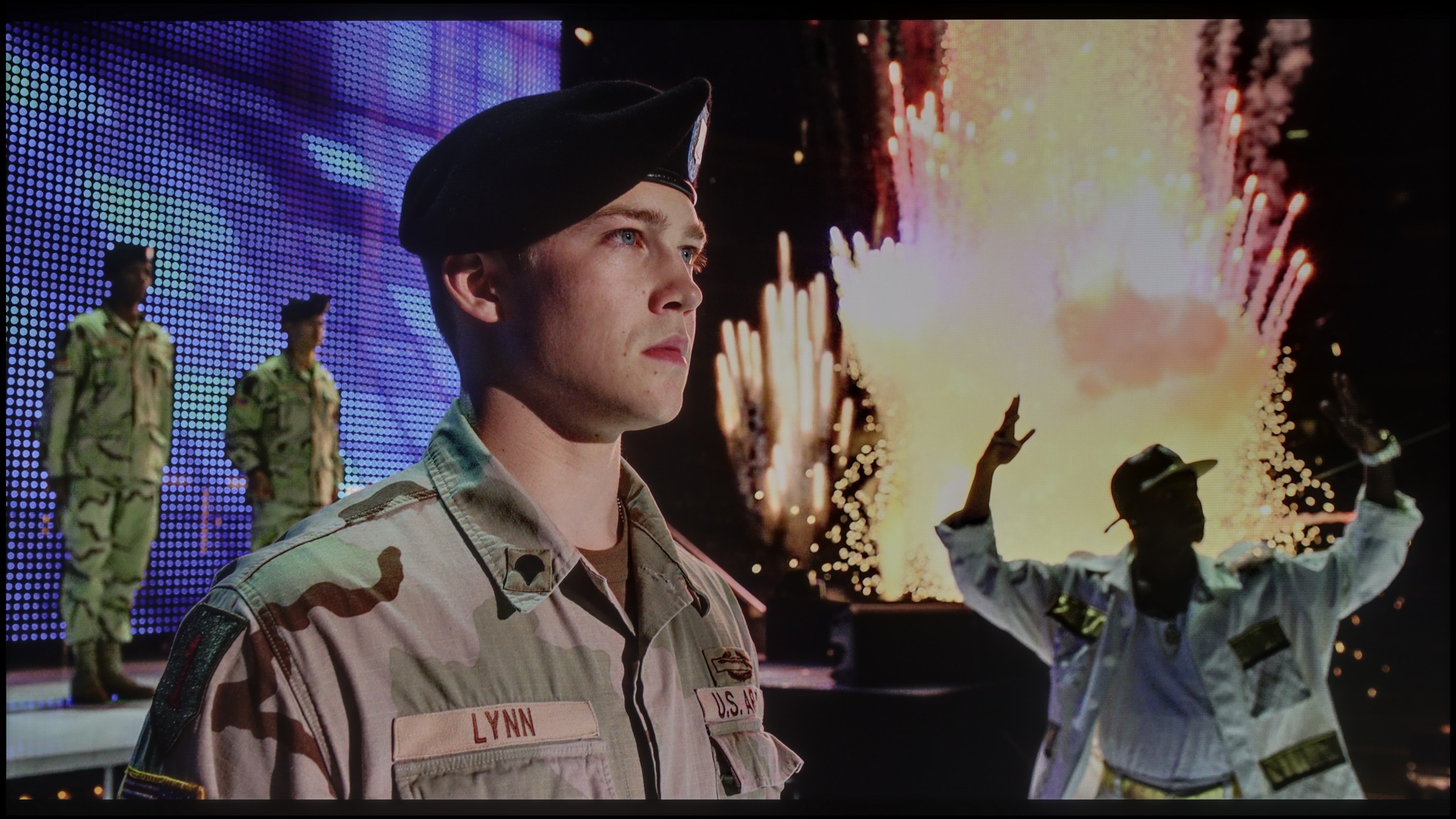
Static HDR10


Dynamic: HDR10+
Dynamic: HDR10+


HDR luminance chart:
Samsung U8000F (VA)
Luminancja HDR
Luminance of RGB colors
Samsung DU7192 (VA)
Luminancja HDR
Luminance of RGB colors
In the luminance charts, the peak brightness of the television is around 280 nits. Unfortunately, this value is too low to fully enjoy HDR effects, which require significantly higher luminance. In the tested materials, such as The Meg and Gemini Man, the lack of adequate brightness severely limits the magic of HDR, and the details in the brighter parts of the image are not sufficiently highlighted. For users primarily consuming SDR content, this level of quality may be acceptable, but it is definitely not enough when it comes to HDR. Additionally, the coverage of the DCI-P3 colour palette at 82% does not favour presenting HDR content in its full glory. The limited colour gamut makes it difficult for the television to reproduce vibrant and diverse colours, which is crucial for achieving a cinema-like experience.
While the U8000F with a VA panel can still be praised for decent blacks, there is no longer any reason to be enthusiastic about brightness – especially in HDR scenes. The television achieves a maximum of just under 250 nits, which is simply too low to speak of any impressive light effects. Bright elements appear pale, and scenes that should sparkle look rather flat. We observed an interesting situation during the test of a scene from the film Sicario 2 – the screen became noticeably darker, as if the television was trying to hide its limitations in displaying blacks. One might get the impression that the device artificially darkens the image to enhance contrast, but in practice, the effect makes very little difference, other than the fact that we see less on the screen. Furthermore, there is the issue of colours – the U8000F does not support a wide colour gamut, so one cannot count on the vibrant, saturated hues known from better models. The HDR image here resembles slightly brightened SDR and... perhaps that is even a good thing. With this model, it is not worth expecting a cinematic experience – it is better to treat HDR as a modest addition.
Factory color reproduction
4/10
6.5/10


Factory Mode
After calibration
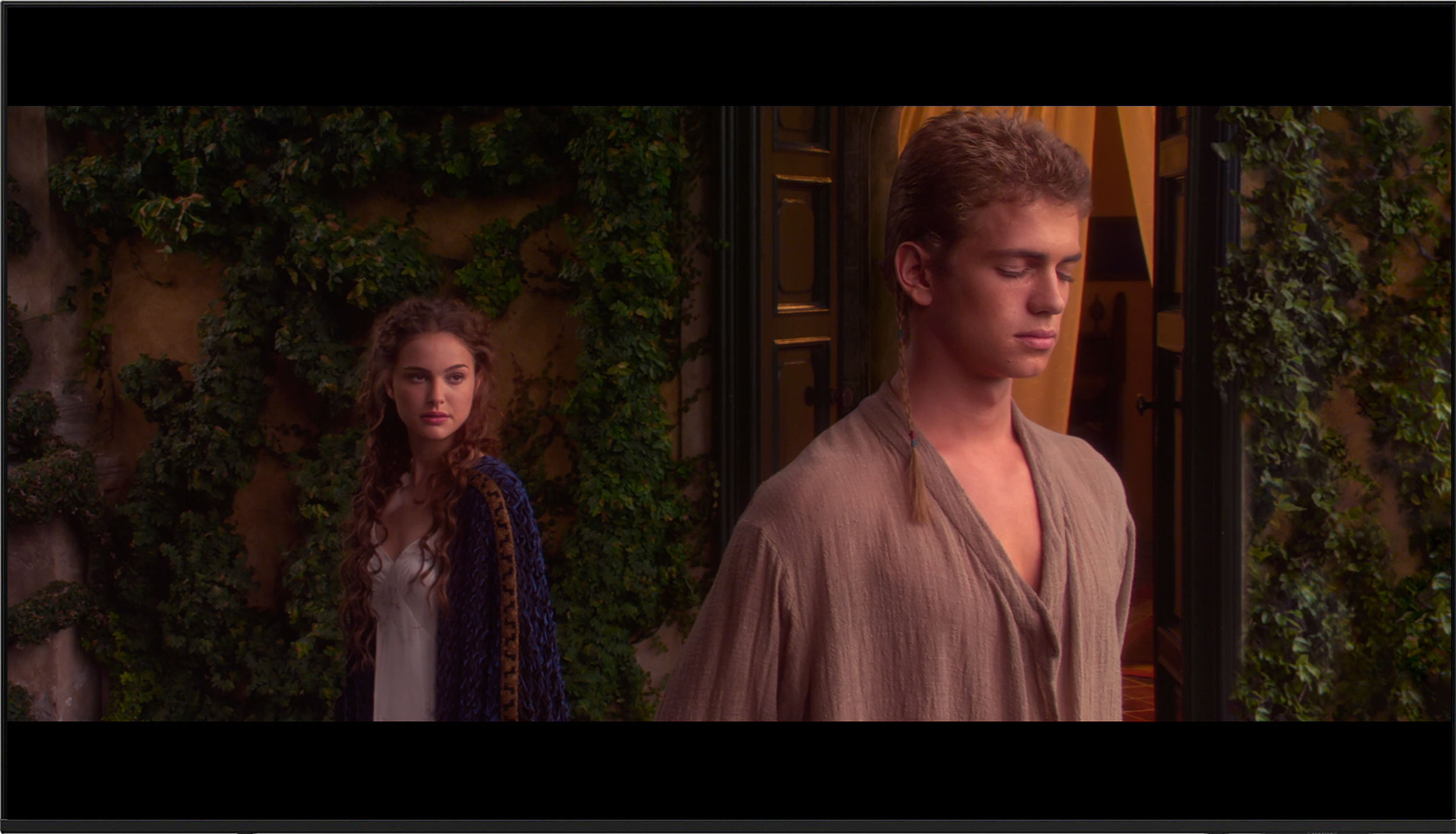
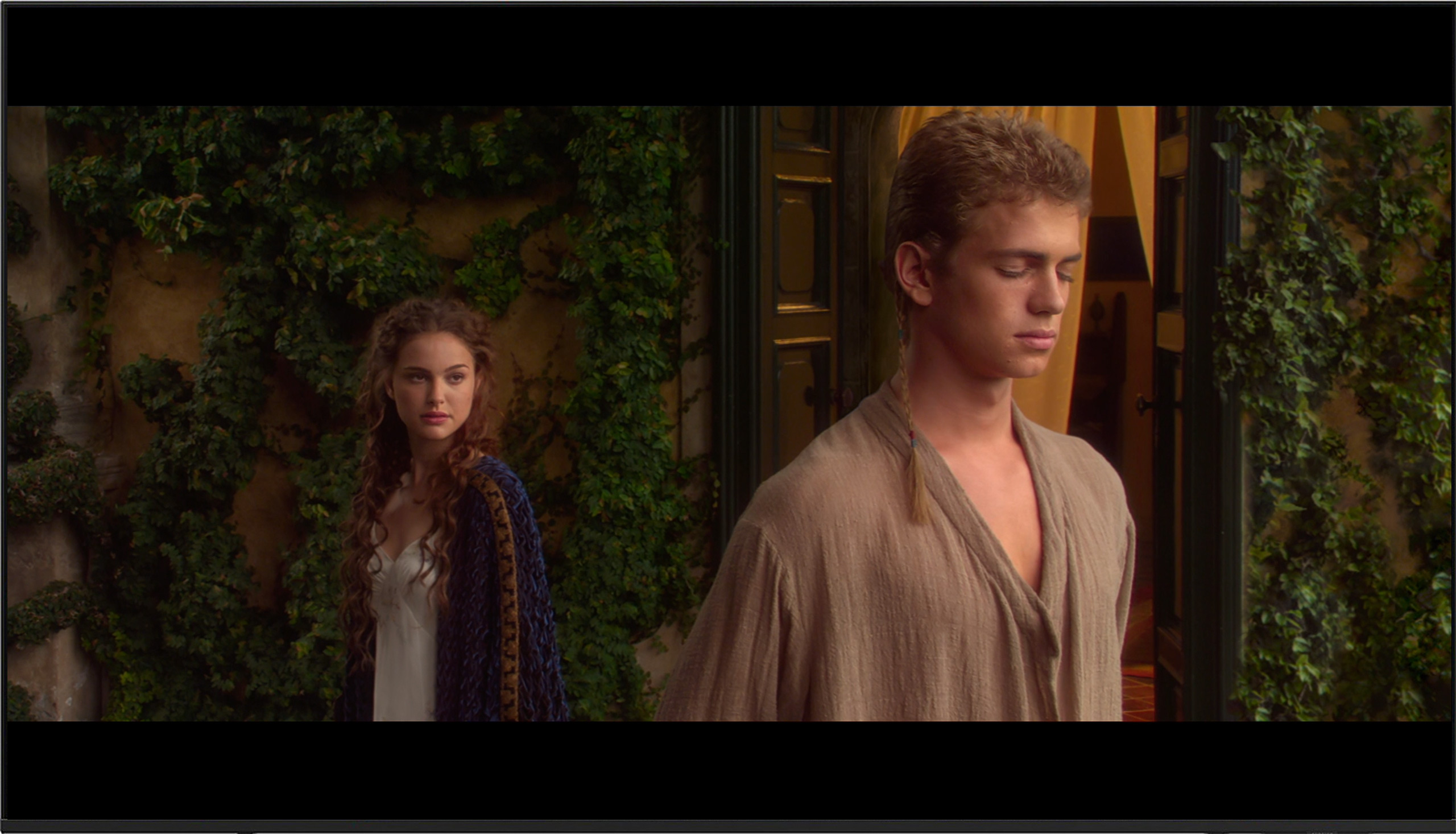
Factory Mode
After calibration
The best factory mode we relied on during testing turned out to be "Filmmaker". Although this mode is the closest to the creators' intent for films, it is not without certain imperfections. The white balance chart in both SDR and HDR clearly shows a dominance of red, resulting in significant yellowing, particularly noticeable in whites and on actors' faces. In HDR mode, there is also a slight dominance of green, which, however, does not have as much impact on the perception of the image. The gamma, which is responsible for brightness in SDR materials, performed quite well, but with one serious caveat. In the darkest parts of the image, it was too low, causing excessive brightness in those scenes, depriving the film of drama and contrast. For HDR, the white balance remains at a similar level; however, the EOTF curve chart draws attention. At the beginning, the curve clearly bulges, leading to a strong brightness in the darkest scenes. Then the result suddenly drops below the reference line, resulting in an overly dark image and a loss of dynamics in the brighter parts.
In summary, the "Filmmaker" mode, despite its advantages, requires refinement – especially regarding white balance and proper management of brightness in the darkest and brightest parts of the image. In its current form, it may be acceptable for less demanding users, but for viewers expecting precise image reproduction, it may leave much to be desired.
The Samsung U8000F has been tested by us in the best picture mode it offers out of the box – the Filmmaker Mode. This profile is theoretically meant to provide a neutral, cinematic image devoid of unnecessary enhancements and artificial beautifications. In the case of SDR content – primarily in HD or SD resolution – the television performed surprisingly decently right out of the box. The only noticeable flaw was brightness management. The gamma chart showed some deviations – slight brightening or dimming of certain tones – but in practice, this did not significantly affect the viewing experience. Considering the television's segment, it performs quite well.
However, the situation is much weaker in HDR mode. While the white balance was still acceptable, the colour inaccuracies were very apparent. In the Color Checker test, almost every sample was outside the target point, and the image itself appeared unnatural – the colours were shifted, sometimes too cool, other times simply dull and lifeless. The main problem lies in the hardware limitations – the U8000F does not support the wide colour gamut of DCI-P3, so it is physically incapable of reproducing the colours that the HDR standard anticipates. Unfortunately, this is evident in almost every more demanding scene.
Color reproduction after calibration
5.9/10
7.5/10

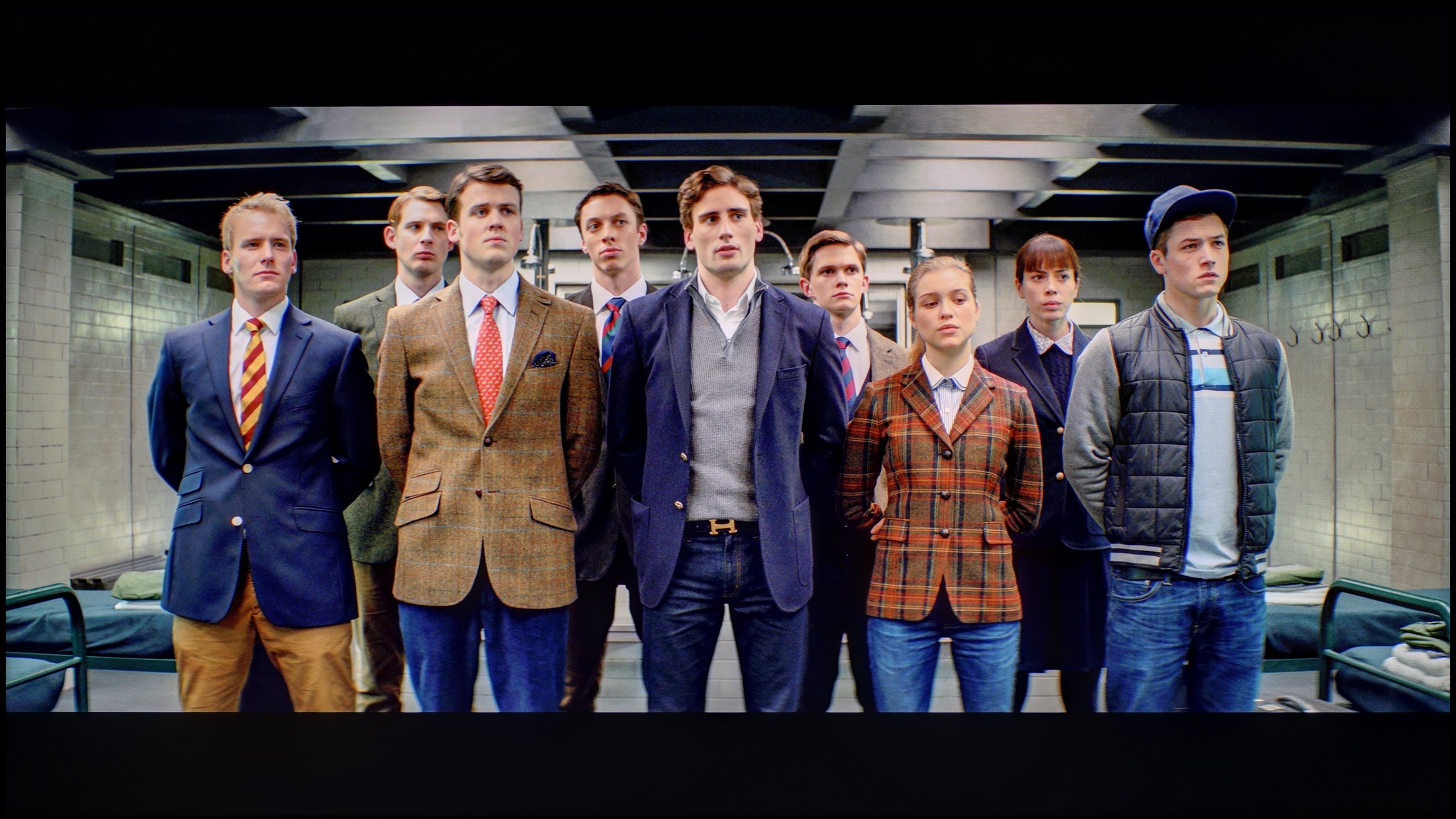


Even for its lower models, Samsung offers advanced image calibration tools, which allow for significant improvement of the factory settings. We undertook this task, and the results turned out to be more than satisfying. The white balance, which previously exhibited a strong yellowish tint in both SDR and HDR, was significantly improved. Although slight deviations from the norm can be noticed, the overall effect is much cleaner and more natural than before calibration. As a result, whites and skin tones look much better. We also managed to properly shape the gamma in SDR materials, which allows for achieving the maximum contrast that this television can offer. The EOTF curve, responsible for HDR materials, was also improved – the image is no longer brightened or darkened as drastically as it was before calibration. Despite these successes, HDR materials still struggle with high deltaE error values. The main reason lies in the limited brightness of the television, which does not allow for a complete representation of the dynamics of HDR content. Nevertheless, after calibration, the image is clearly better and more aligned with the creators' intentions. For users seeking the best possible quality in this class of equipment, calibration is definitely recommended.
Right out of the box, the U8000F offered quite a decent image in SDR for its price class. However, we managed to enhance it slightly – we reduced a subtle purple tint and improved the gamma characteristics, giving it a more natural curve. Despite these adjustments, the television still tends to overly brighten the brightest details – the gamma chart shows a clear inflection that cannot be completely corrected.
In HDR mode, however, it is noticeably weaker. It is hard to speak of any significant improvement here – despite attempts to adjust the settings, the image still presents considerable colour inaccuracies. A Delta E exceeding 7 signifies noticeable deviations that could not be effectively reduced. Unfortunately, this is a limitation of the construction itself – the U8000F simply was not designed for serious HDR. In everyday viewing in SDR, it performs quite well, but when it comes to HDR content... it's best not to have overly high expectations.
Smoothness of tonal transitions
7.7/10
9.5/10







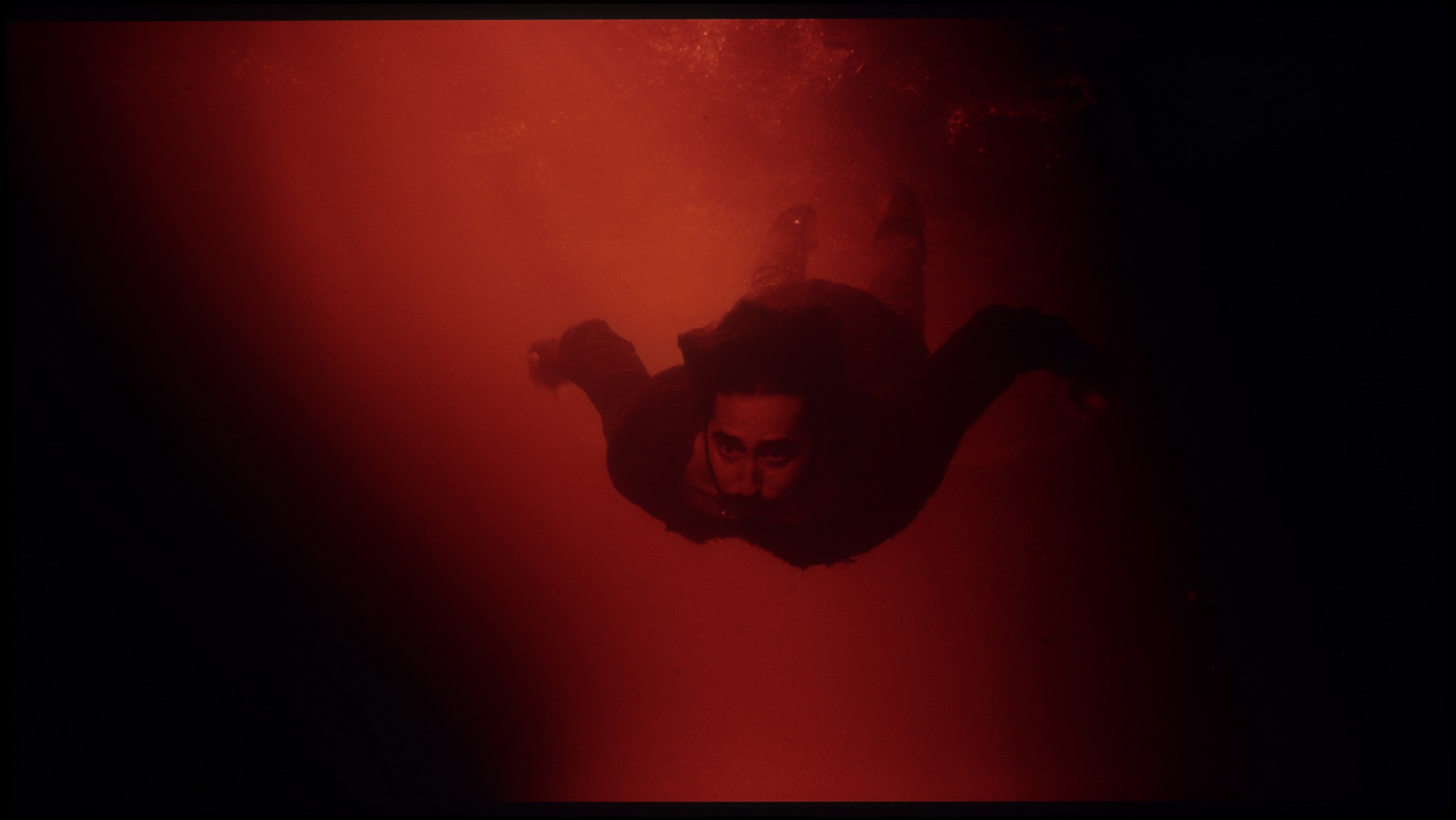




The Samsung DU7192 television deserves praise for its smooth tonal transitions. In our tests, this model performed very well, offering smooth and natural transitions between shades. In everyday use, it is difficult to notice any imperfections that could affect viewing comfort. The only exception is the final scene in our testing procedure, where slight posterisation was noticeable in the reds on the left side of the picture. Although this is a minor shortcoming, for most users it will be almost imperceptible during normal use.
One of the significant elements affecting the perception of the image is the way in which the television handles tonal transitions – that is, the blending of colours and shades without clear boundaries. In the case of the Samsung U8092F model, it performed really well. On the test screens, we did not observe visible banding or disturbances in the colour gradients. The image retains a natural character, without excessive digital interference, which unfortunately is often the norm in this class of equipment. Minimal imperfections appeared in very bright areas, but they are practically unnoticeable and do not affect everyday use of the television.
Image scaling and smoothness of tonal transitions
3.2/10
5/10
Smooth transition function

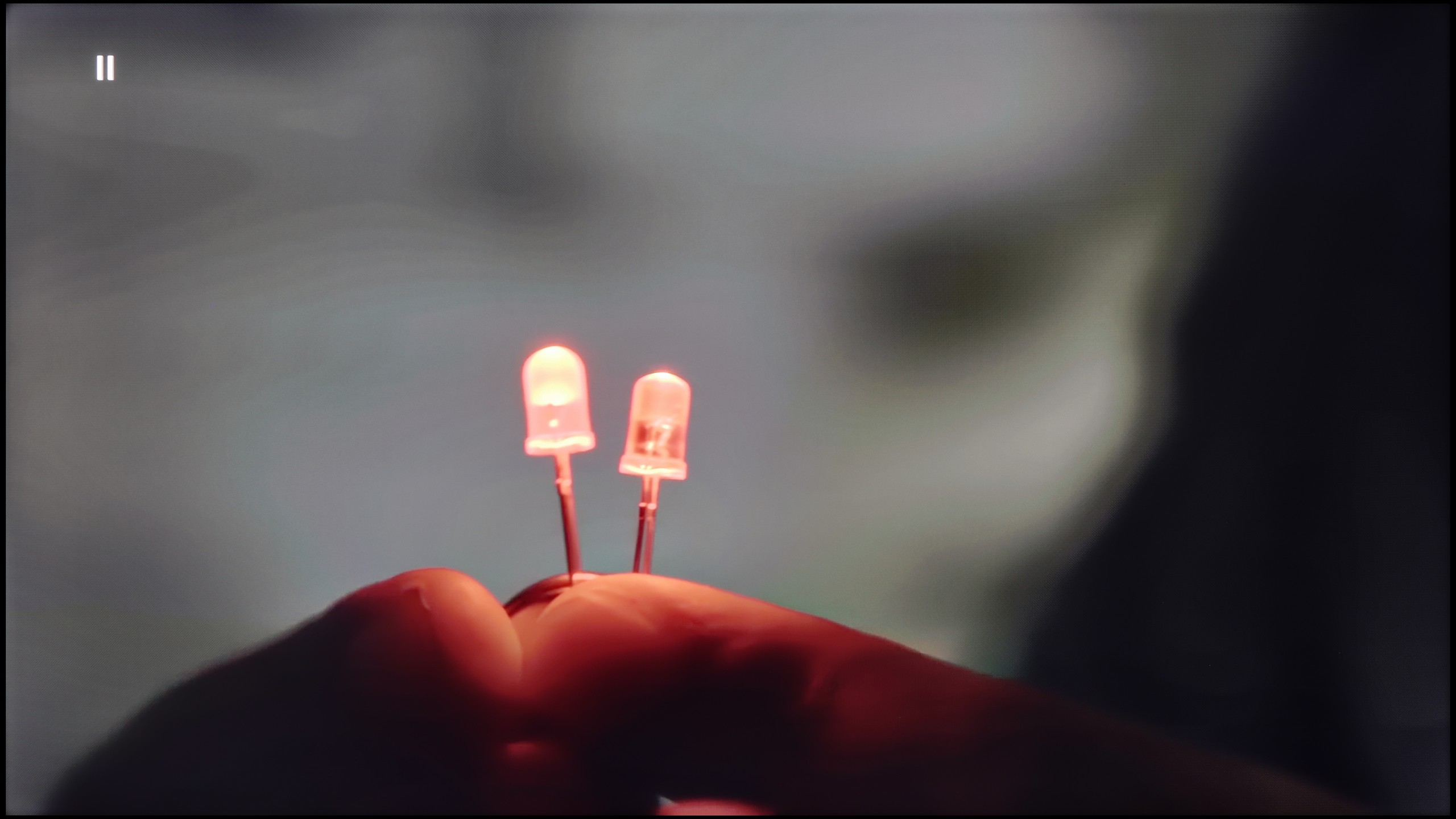
Image without overscan on the SD signal


The tonal smoothing function operates in two modes – "off" and "auto". Turning it off causes gradation issues, while the "auto" mode ensures smooth transitions, but at the cost of grain and detail, which are often blurred. Due to these limitations, we do not recommend using this feature, as confirmed by our tests conducted with it turned off.
Scaling of lower resolution materials in this model is not impressive. Details are blurred, and the edges of objects may contain artifacts. This limitation makes the television perform better with higher resolution content.
When it comes to how the Samsung U8000F handles lower quality materials, we must admit that Samsung has made progress compared to its predecessor from last year – the DU7192 model, which theoretically occupies the same position in the lineup. This year's model has been equipped with a feature to improve the fluidity of tone transitions, which has been implemented much better than last year. Indeed, the television still utilizes quite strong algorithms that can distort details or remove film grain, but nonetheless – it can confidently be said that it works effectively. However, not everything has gone perfectly. The U8000F has noticeable issues with slightly cutting the image when watching very old content in very low resolution. If someone plans to play their old VHS tape, they must reckon with the fact that the image may appear slightly "cut off".
Blur and motion smoothness
4.9/10
5.5/10

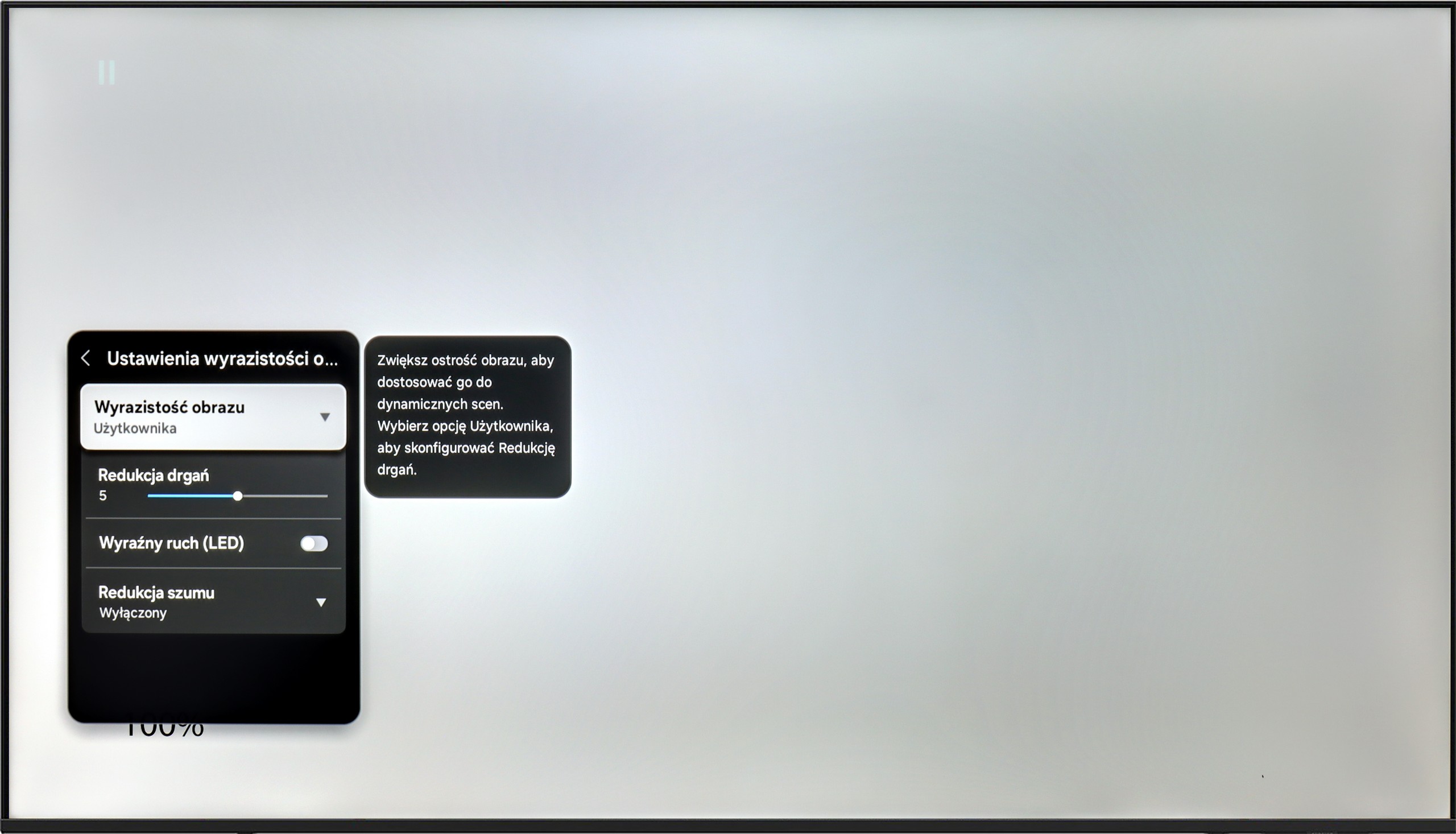
Blur (native resolution, maximum refresh rate):






Blur (BFI function enabled):
Image flickers in this mode



Smużenie ():
Smużenie (Upłynniacz ruchu 4K@60Hz):
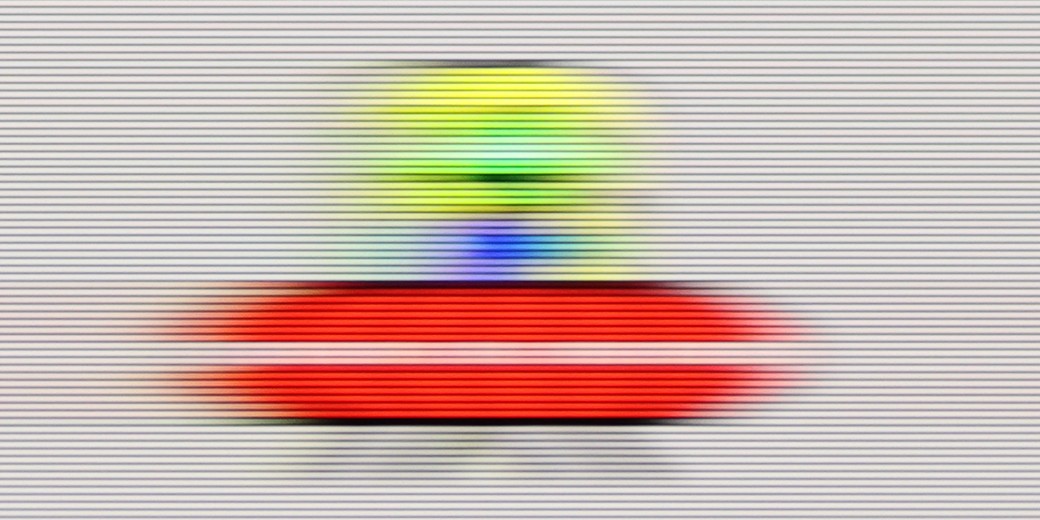
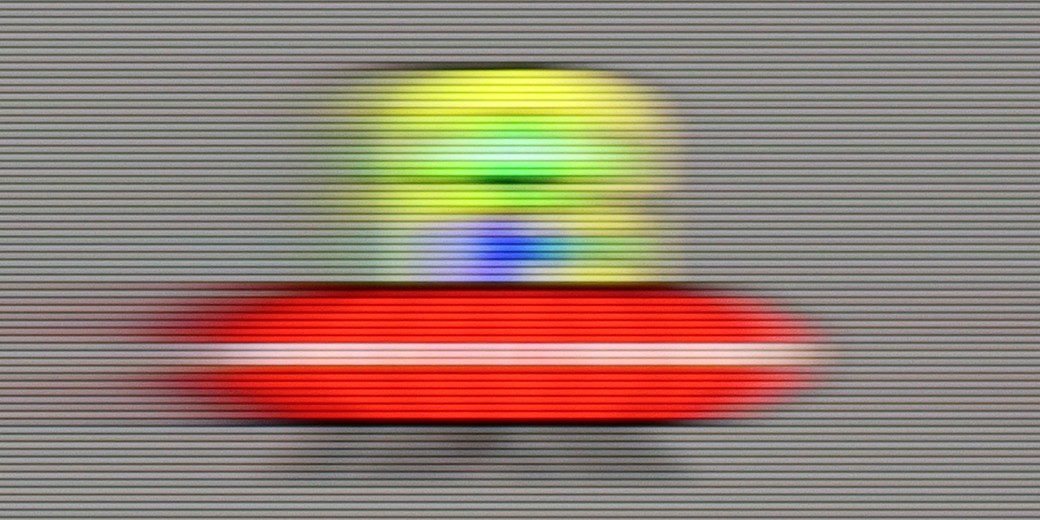
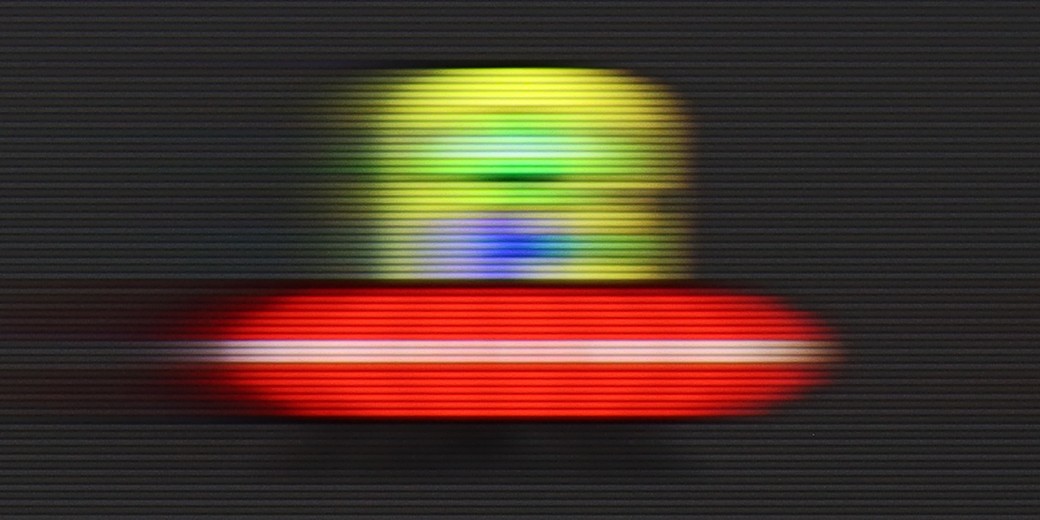
Although the Samsung DU7192 is the lowest model in the manufacturer's range, it is equipped with motion smoothing technology. While the functionality of this solution is significantly limited compared to more expensive models, its presence alone distinguishes the television amidst competitors in this price bracket. The TV supports a maximum refresh rate of 60 Hz, which is sufficient for comfortable viewing of films and series, but may be inadequate for dynamic content such as sports. In the motion smoothing menu, we can find, among other things, the "Judder Reduction" feature. Unfortunately, its performance leaves much to be desired – regardless of the setting, the picture exhibits the characteristic stutter known from materials recorded at 24 frames per second, making this feature practically ineffective.
The Samsung U8000F is equipped with a 60 Hz panel, so it's clear right from the start that one shouldn't expect miracles. This is simply the standard in this class – adequate for everyday viewing, but without any fireworks. The television offers a single motion smoothing slider – a feature called "Motion Blur Reduction," which allows us to adjust the smoothness of the image in films. Higher settings produce a more "theatrical" and smoothed effect, while lower settings help retain the film's original character with a slight 24p effect. An interesting feature is "Clear Motion LED," which is the BFI mode – inserting black frames between image frames to improve motion clarity. In practice, however, the screen flickers heavily when this feature is activated and should rather be considered an experiment than something that genuinely enhances gaming comfort.
Console compatibility and gaming features
4.2/10
4/10
- ALLM
- VRR
- VRR range48 - 60Hz
- Dolby Vision Game Mode
- Correct implementation of HGIG
- 1080p@120Hz
- 1440p@120Hz
- 4K@120Hz
- Game bar

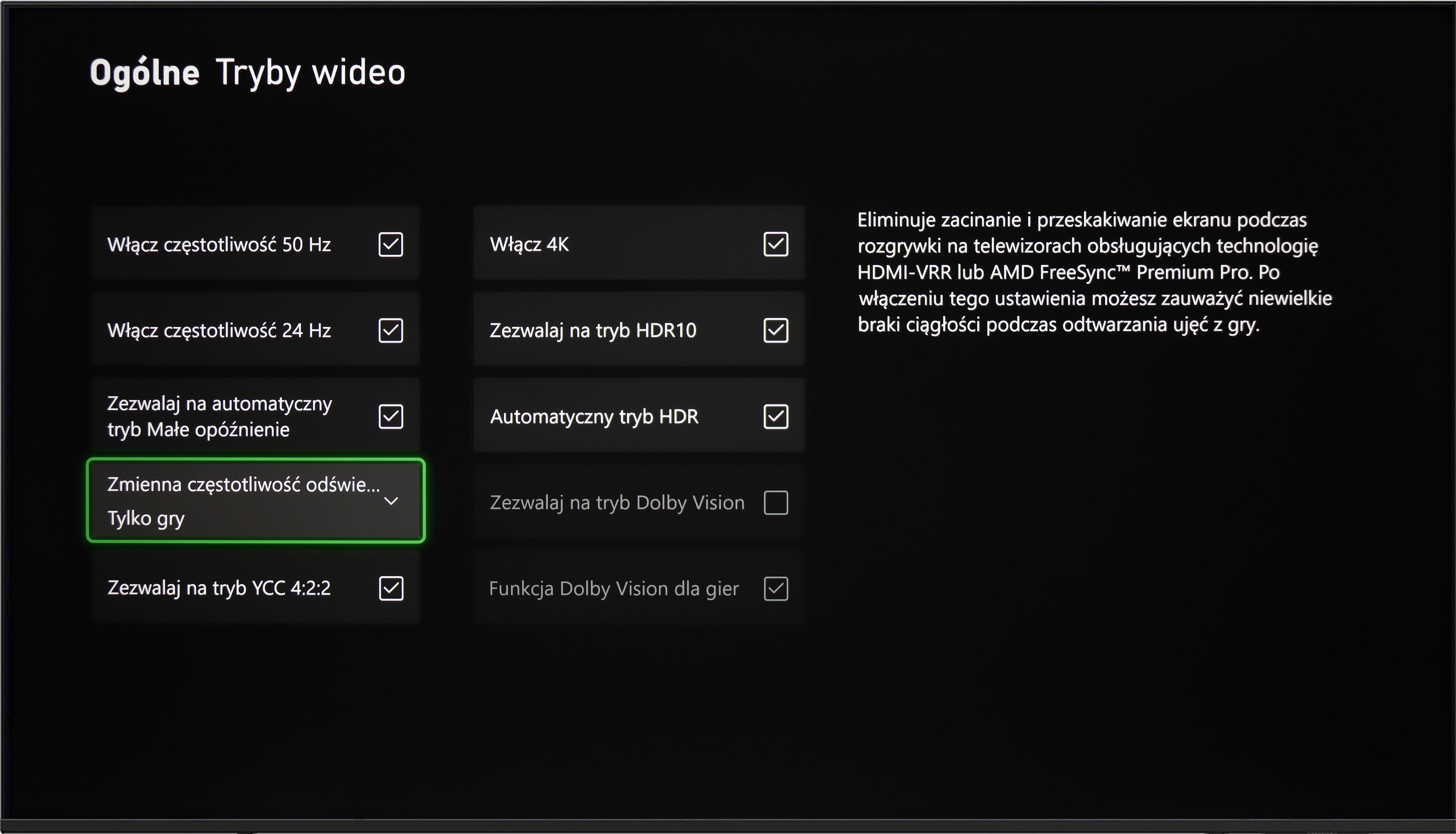

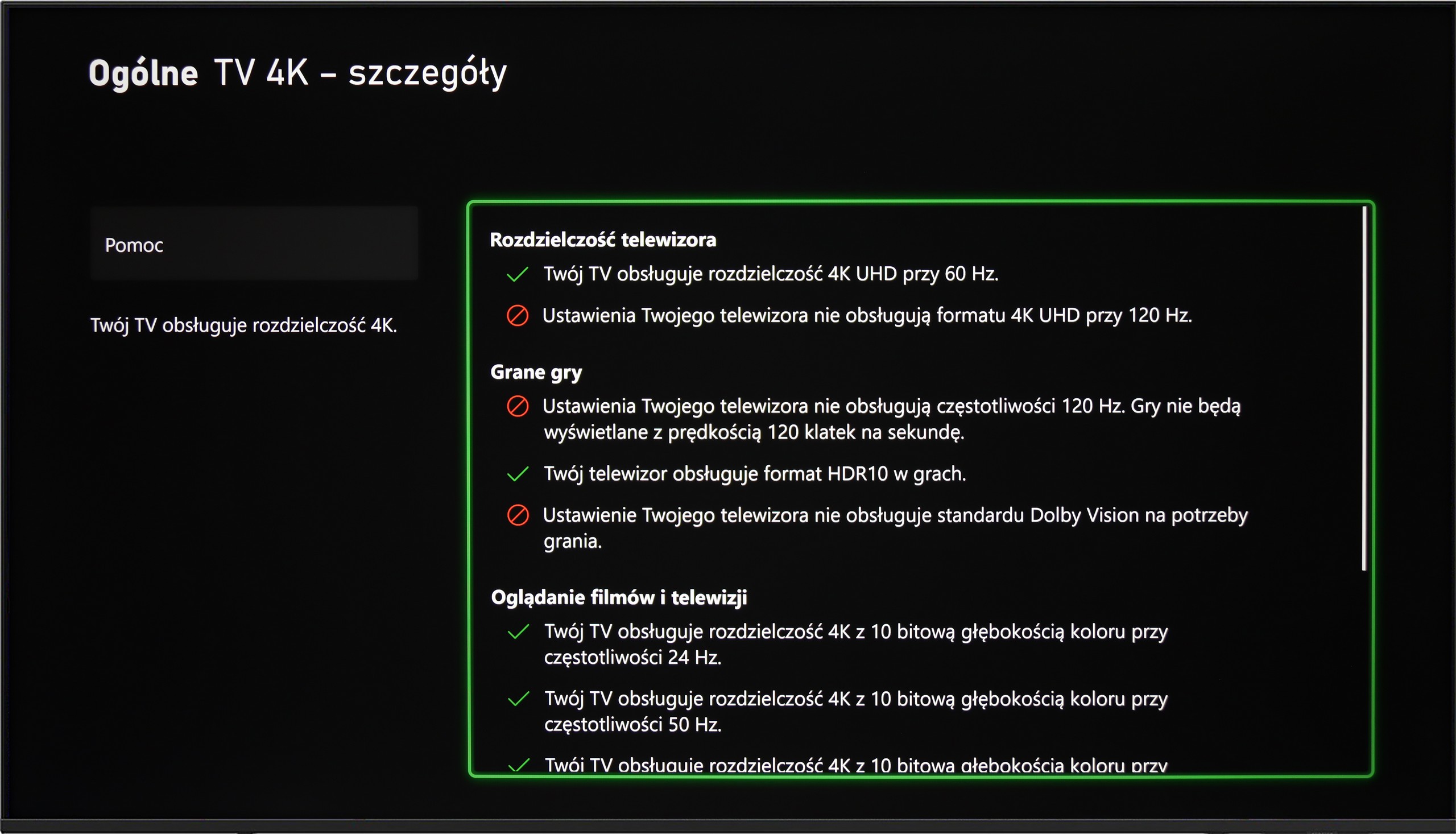

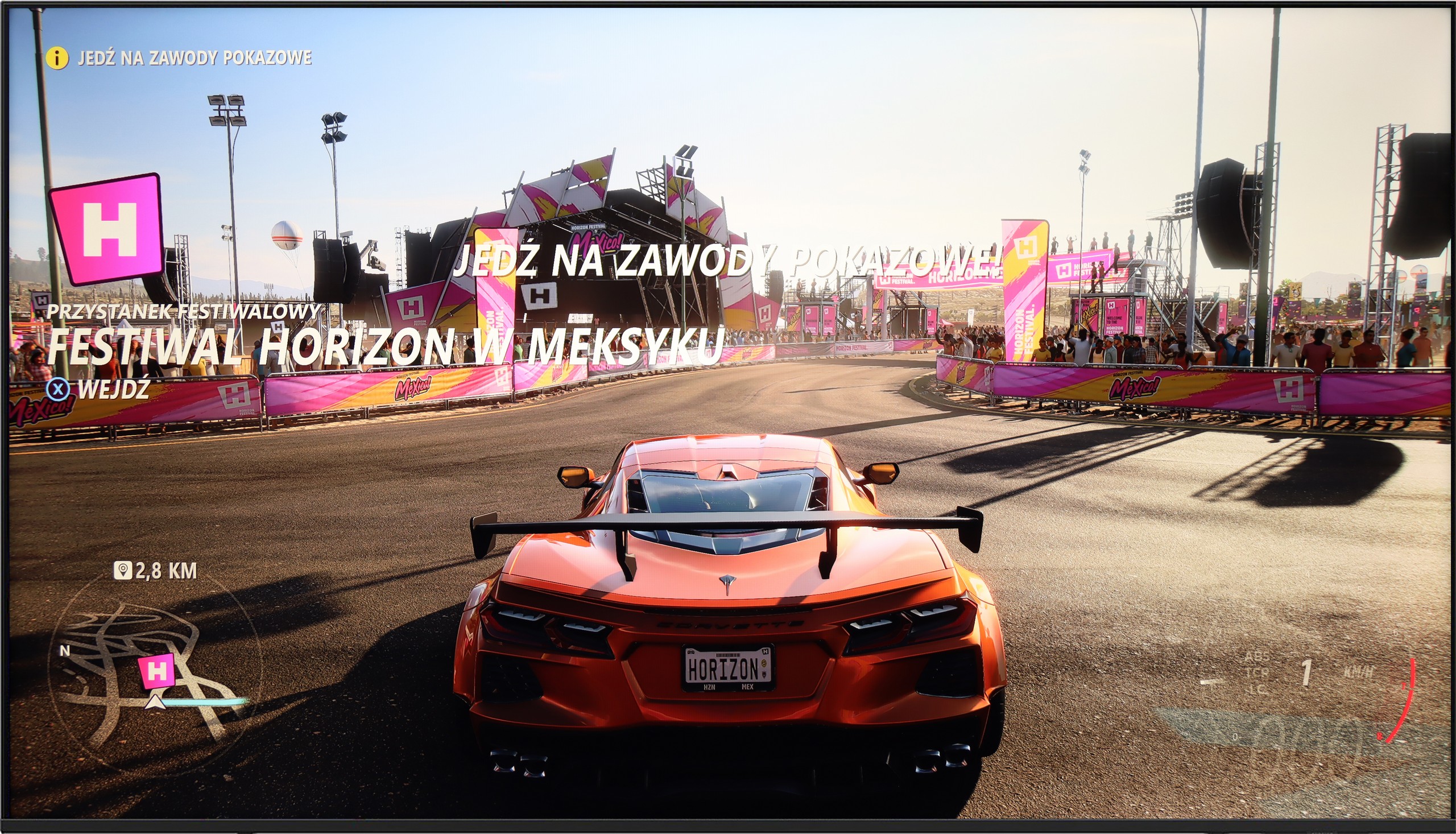

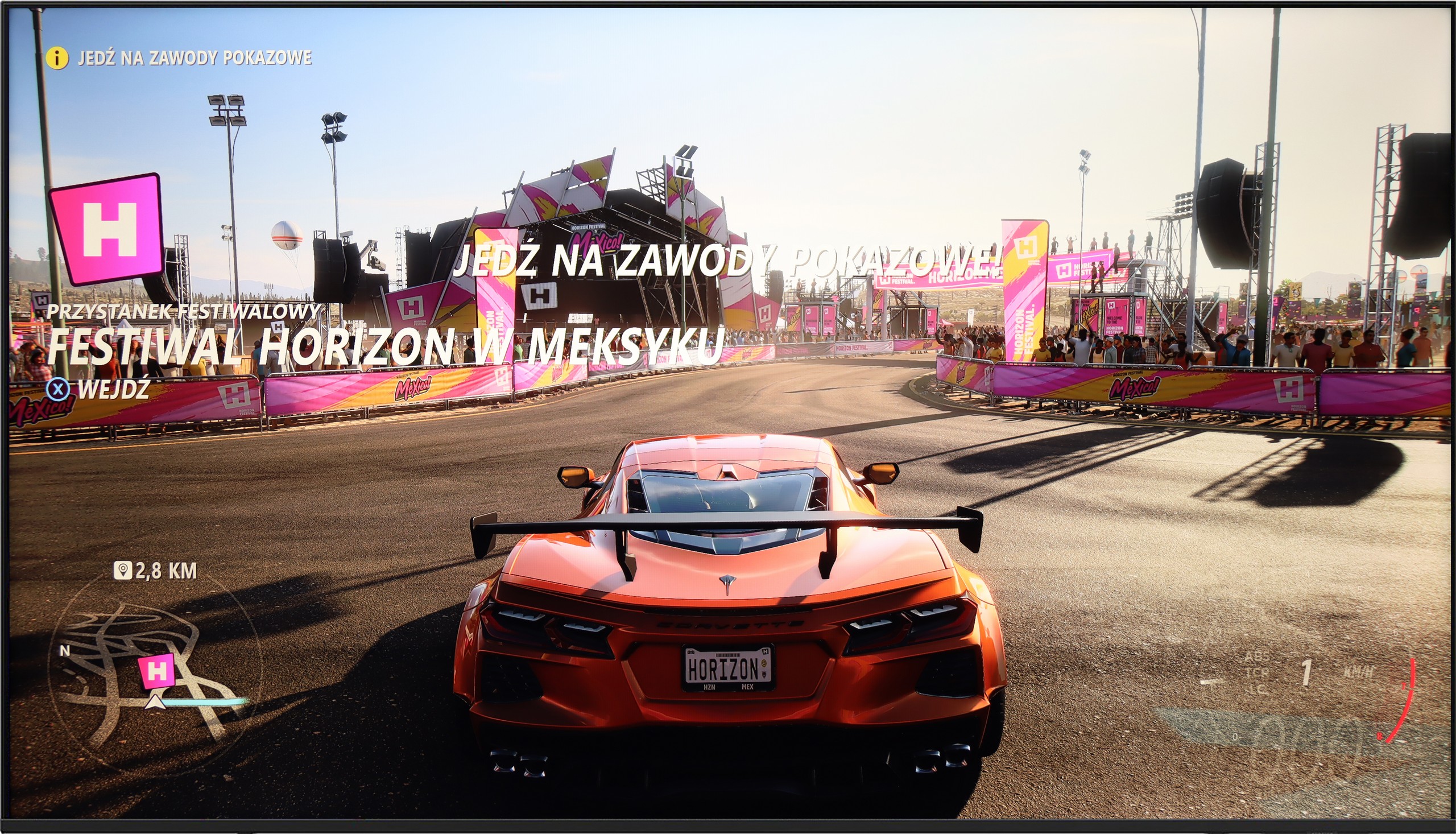
Samsung DU7192 is equipped with HDMI 2.0 ports, which is expected in this price range. This limitation means there is no support for the full capabilities of the latest generation consoles, such as VRR technologies. The television only offers a basic feature for gamers – automatic switching to low latency mode (ALLM), and support for basic HDR for games in the HGiG standard. HGiG allows for the display of HDR content in games according to manufacturers' guidelines; however, the limited brightness of the television does not allow for full enjoyment of the effects that this standard offers. Unfortunately, there is a lack of conveniences such as GameBar, which is increasingly found even in cheaper models and greatly facilitates quick adjustment of settings for games. The presence of this feature could significantly enhance user comfort, especially for those who frequently change display modes.
Samsung U8000F offers a basic set of features for gamers, which may still be sufficient for less demanding users. It includes an automatic game mode – when a game is launched on the console, the television automatically switches to low latency mode, significantly improving response times. There is also a VRR feature, or variable refresh rate, which operates in the range of 48 to 60 Hz. This means that both Xbox and PS5 will not produce the "tearing" effect – as long as we stay within this range.
Unfortunately, that’s about it for the advantages. Additions like Game Bar or higher refresh rates are reserved for higher-end Samsung models from the 2025 line. In theory, the television also supports the HGiG feature, which should adjust HDR imagery to the creators' intentions. Unfortunately – despite the fact that this feature appears in brochures and promotional materials – its configuration on the Xbox console turned out to be... impossible in practice.
Input lag
10/10
10/10
SDR
HDR
Dolby Vision
The results of the input lag measurements in DU7192 are at a high level, regardless of the signal or resolution. All players will certainly appreciate the manufacturer's efforts, which ensure that a game running in 4K 60 Hz with HDR will have only 11 ms of lag, which is practically unnoticeable even in online games.
The Samsung U8092F performed phenomenally in our input lag tests. Regardless of the resolution, the results were very low, which is truly impressive for this price segment. One can confidently say that gaming on this television will not cause irritation due to large delays between what we do on the pad and what we see on the screen. For most gamers, even the more demanding ones, this result should be more than satisfactory.
Compatibility with PC
6/10
6/10


When connecting the Samsung DU7192 television to a computer, we can expect a low input lag of around 11 ms, which is practically unnoticeable and ensures smoothness along the mouse-screen-eye line. Additionally, thanks to the correct implementation of 4:4:4 chroma, the readability of fonts is at a high level, making this model a good choice for working with text. The television uses a BGR subpixel layout, which does not negatively affect its performance as a monitor in practice. Although operating systems are not optimised for this subpixel format, which may lead to slightly less sharp contours, this is a practically unnoticeable flaw, detectable only by a few. When it comes to PC gaming, the lack of support for G-Sync or FreeSync and the limitation of the refresh rate to 60 Hz may disappoint gamers who prefer dynamic titles requiring quick reactions. For this reason, as a gaming monitor, the DU7192 performs averagely.
Working on a computer using this television is a true pleasure. The Samsung U8092F supports chroma 4:4:4, and despite being a VA panel, the text readability is very, very good. The television is also suitable for occasional gaming on PC, mainly due to its low input lag. However, it should be noted that the G-Sync feature does not work on this model, which is strange as VRR operated without problems when it came to consoles.
Viewing angles
3.8/10
3.7/10
The viewing angles on the Samsung DU7192 television are average, due to the use of a VA panel. Compared to the previously tested model with an IPS panel, the picture quality when viewing at an angle is noticeably worse. Although the VA panel provides better contrast, the downside is the limited viewing angles, causing colours to lose intensity and black levels to appear noticeably brighter when viewed from the side. Therefore, this model is best suited for setups where viewers can sit directly in front of the television.
TV efficiency during daytime
3.2/10
3.8/10

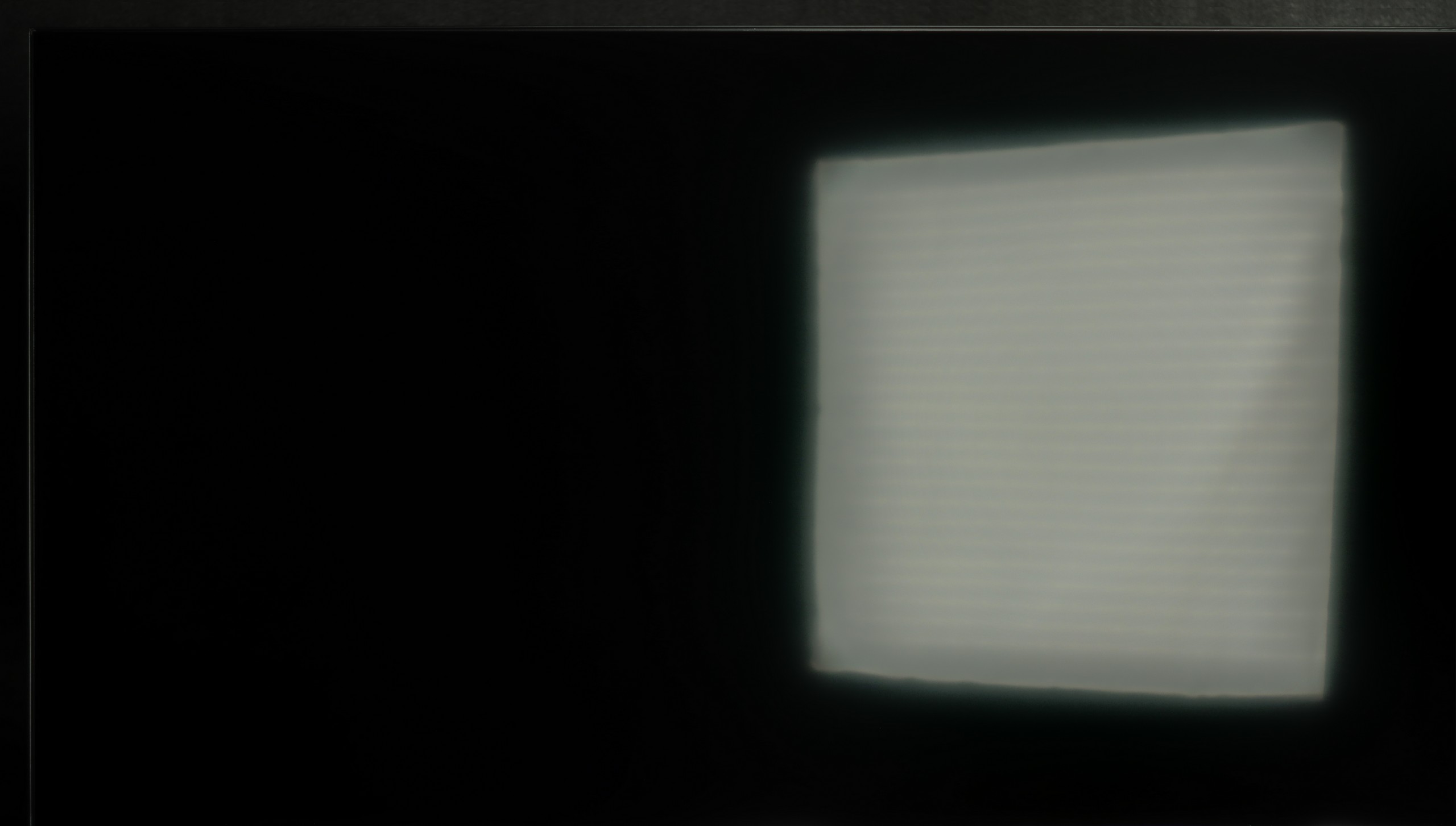

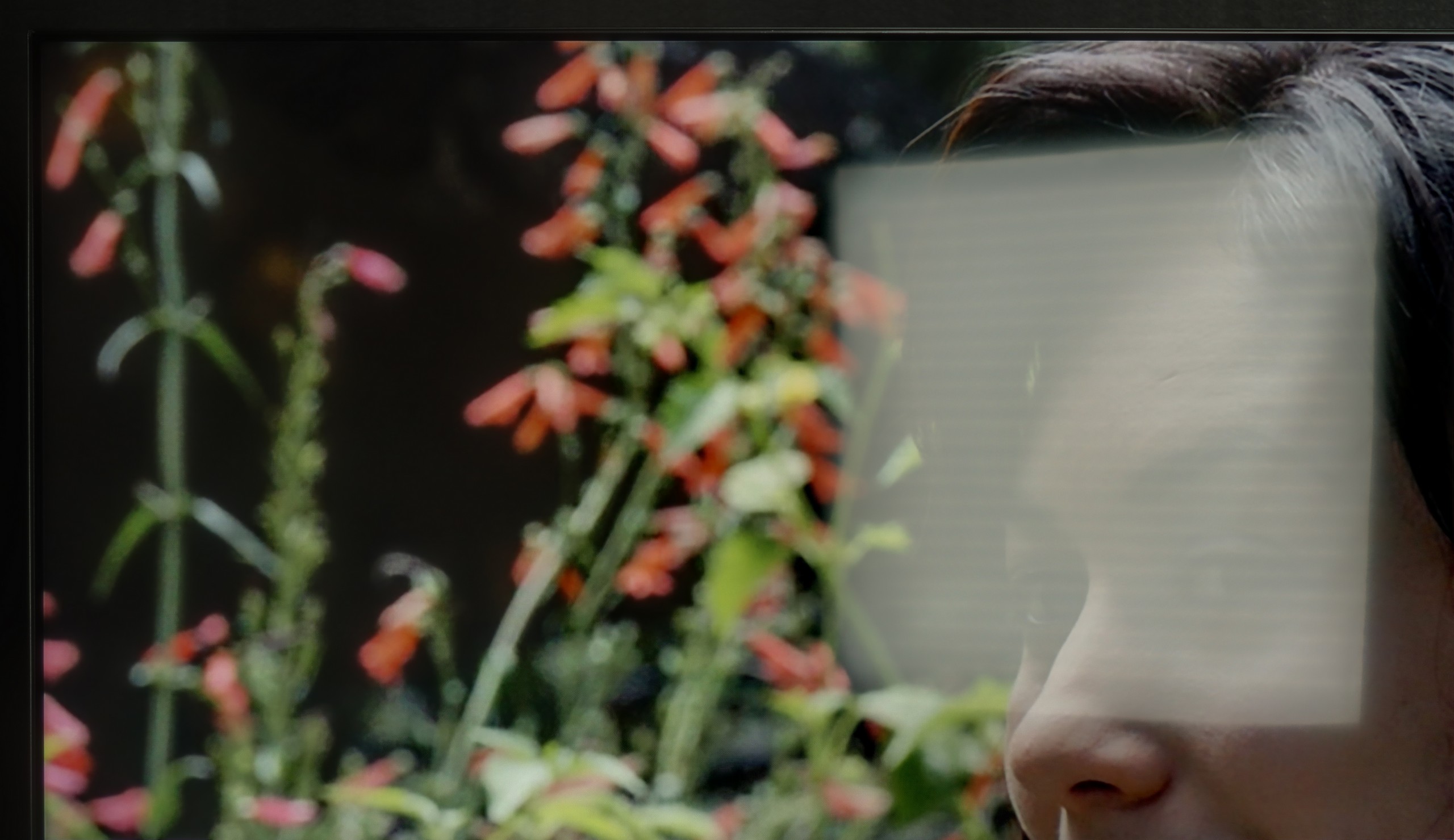
Matrix brightness
Average luminance SDR
Samsung U8000F (VA): 204 cd/m2
Samsung DU7192 (VA): 227 cd/m2
The screen of the Samsung DU7192 television, finished in satin, provides only average reflection handling. Unfortunately, in practice, it does not perform very well in neutralising reflections, especially when direct light hits the screen. Additionally, the maximum brightness of the screen in SDR materials, at only 227 nits, does not help improve visibility in well-lit rooms. As a result, the television is better suited for darker environments, as its performance is significantly limited during the day.
Thanks to the satin finish of the Samsung U8092F matrix, it handles glare quite well. The screen does not act like a mirror, and the colours – given the capabilities of this class of device – remain relatively saturated, even in slightly brighter conditions. Unfortunately, the coating itself won't work wonders. The television is simply too dark to effectively penetrate very difficult lighting conditions. If we place it facing a light source (e.g. a large window or a strong lamp) – unfortunately, one must consider that not everything will be clearly visible on it.
Details about the matrix
Subpixel Structure:
Panel uniformity:

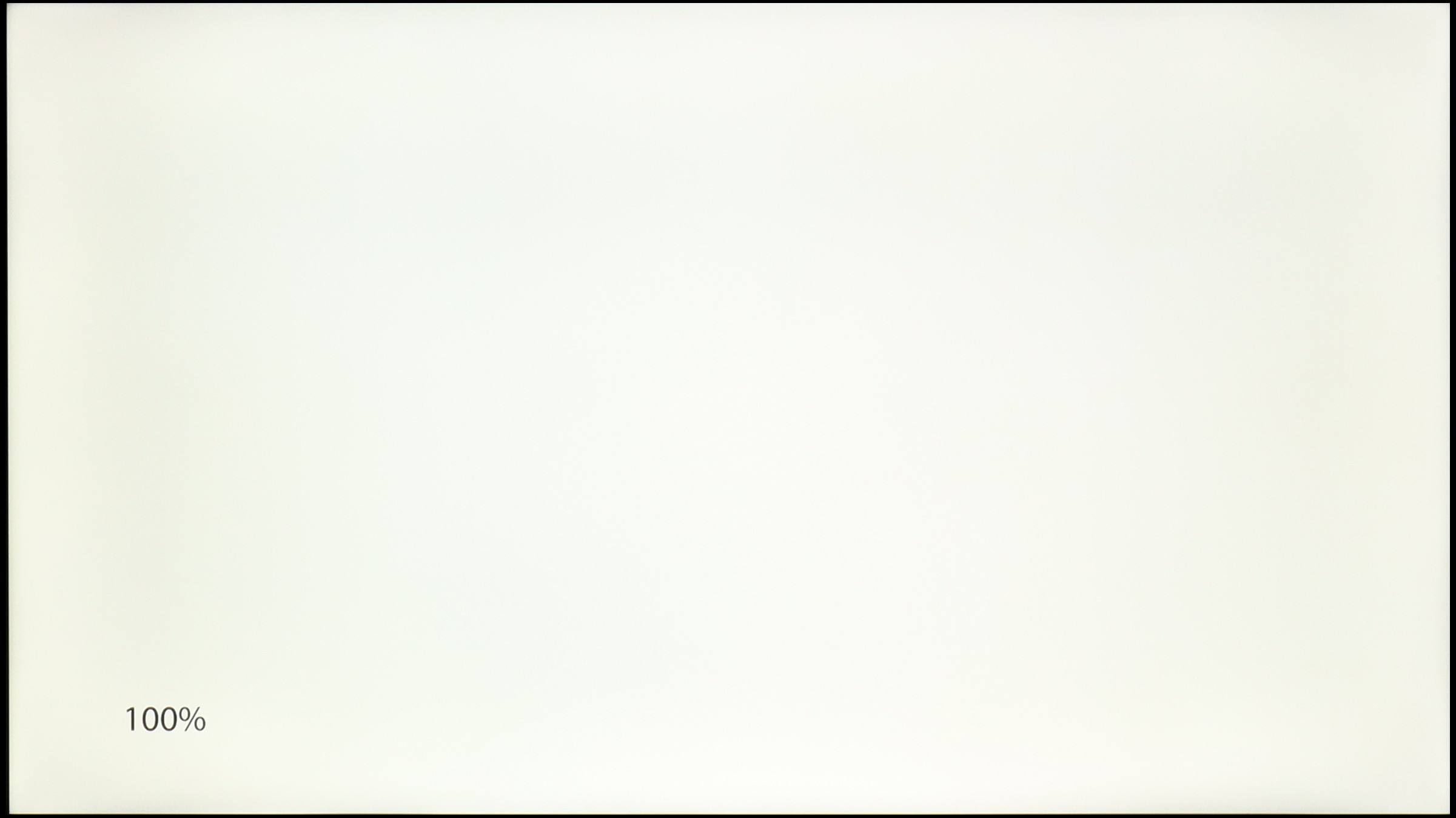
TV features
5.5/10
5.5/10
- HDMI inputs3 x HDMI 2.0, 0 x HDMI 2.13 x HDMI 2.0, 0 x HDMI 2.1
- OutputseARC (HDMI), ARC (HDMI)eARC (HDMI), ARC (HDMI)
- Network InterfacesWi-Fi 2.4GHz, Wi-Fi 5GHz, Ethernet (LAN) 100MbpsWi-Fi 2.4GHz, Wi-Fi 5GHz, Ethernet (LAN) 100Mbps
- TV receptionDVB-T, DVB-T2, DVB-S, DVB-S2, DVB-CDVB-T, DVB-T2, DVB-S, DVB-S2, DVB-C
Classic features:
- Recording to USB (terrestrial TV)
- Recording programming
- Picture in Picture (PiP)
- RF remote control (no need to aim at the screen)
- Backlit remote control
- Teletext
- Audio only mode
- Possibility to connect Bluetooth headphones to the TV
- Possibility to simultaneously use Bluetooth headphones and the TV speaker
Smart features:
- AirPlay
- Screen mirroring (Windows Miracast)
- Wyszukiwanie głosowe
- Voice search in native language
- Ability to connect a keyboard and mouse


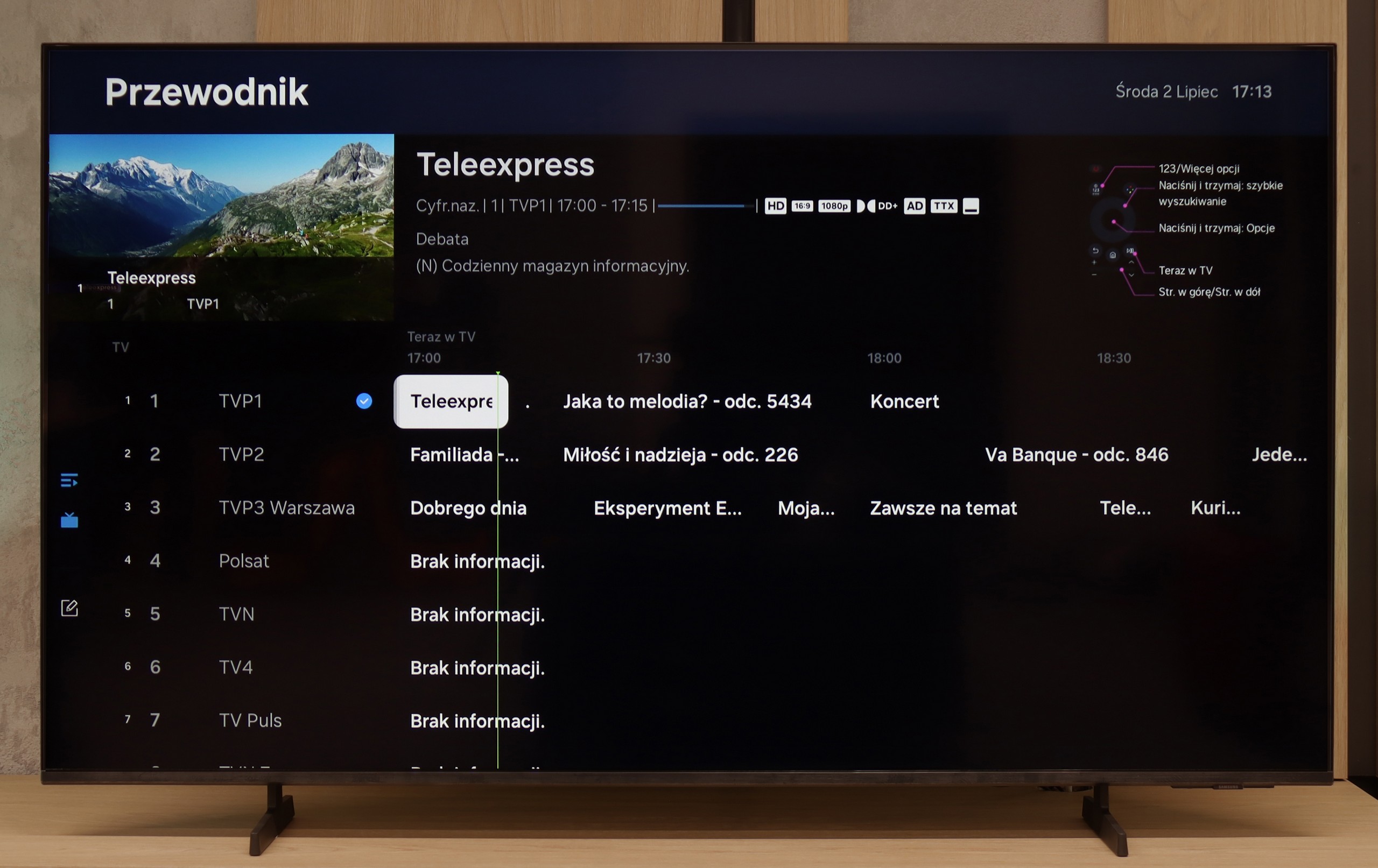
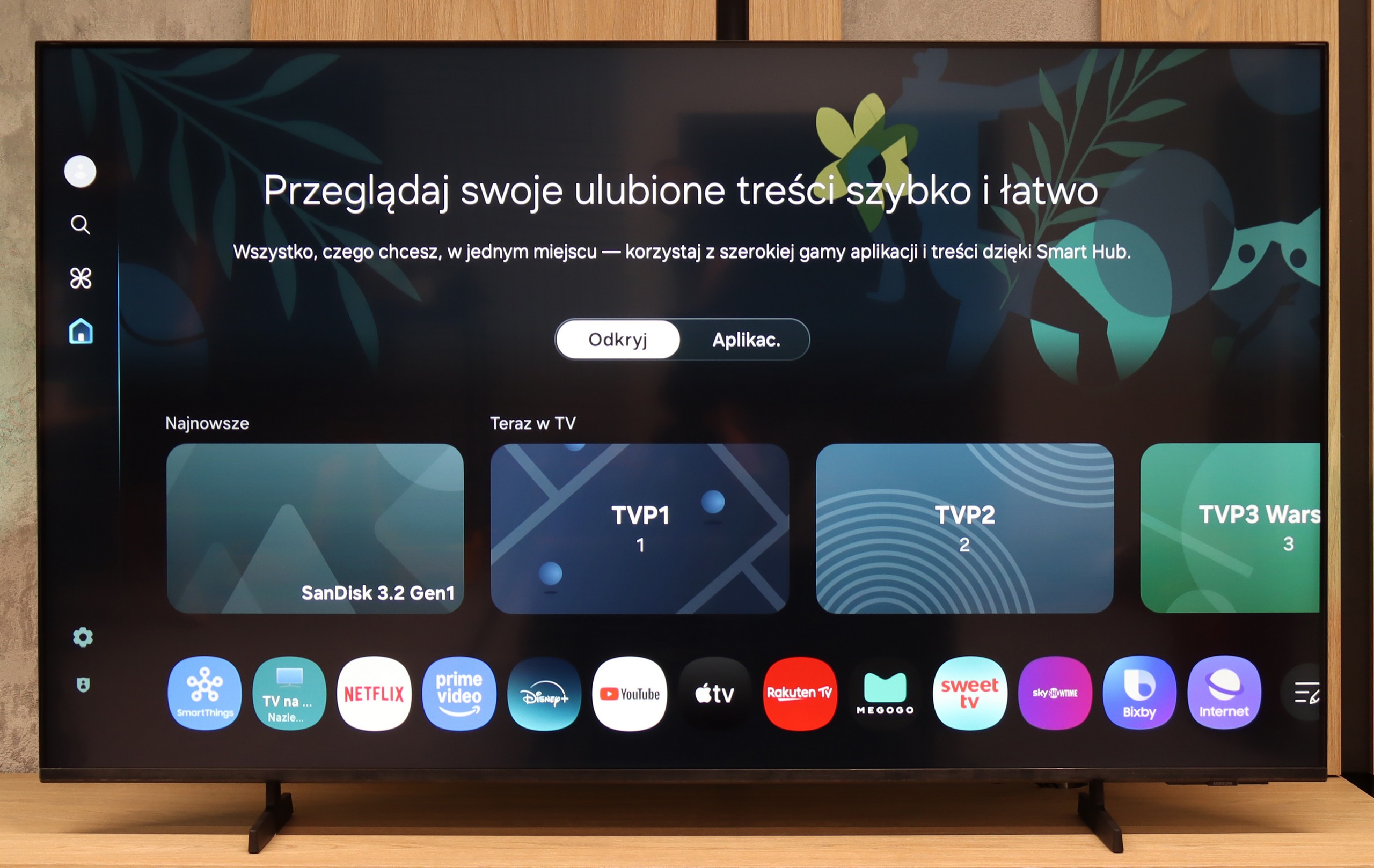
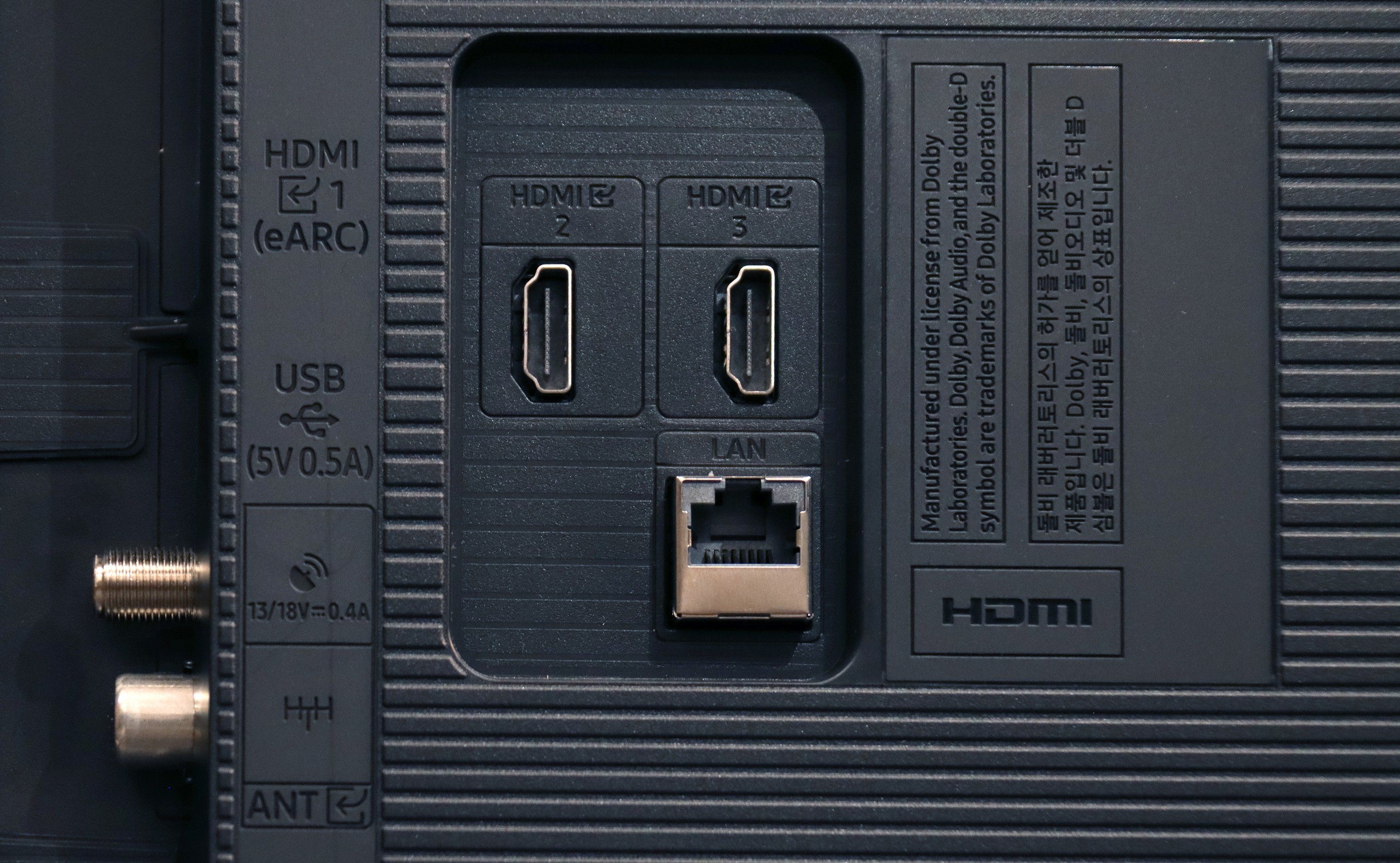
Samsung DU7192 uses the Tizen system, which has long been the foundation of the software in this manufacturer's televisions. One of the greatest advantages of this system is its smooth operation – in our tests, we did not notice any lags or other responsiveness issues. The interface is clear, and navigating through the menu is intuitive, especially with the help of the included Bluetooth remote control, which allows for quick and convenient operation.
The app store offers a wide selection of items, but the limitations stemming from the closed nature of the system may disappoint more advanced users. For example, there is no option to install applications from outside the official store, which may be felt when certain services, such as Tidal, are not supported.
However, the Tizen system stands out with excellent integration with external devices such as decoders and soundbars. The process of connecting them is quick and hassle-free. An additional advantage is the support for AirPlay, which will particularly please users of Apple devices, enabling easy streaming of images to the television screen.
Samsung U8092F – like all this year's models from this brand – runs on the Tizen operating system. The system itself is really well developed: we have access to many applications (though not all), a well-developed smart home integration, and various add-ons, including exclusive Samsung applications. Features such as AirPlay and Chromecast are also available, allowing us to easily connect our phone to the television and share multimedia.
Unfortunately, since this is Samsung's cheapest series in 2025, the manufacturer did not choose to include a solar remote control. In the box, we find a classic infrared remote control that visually resembles a newer version, but unfortunately lacks voice functions. As for typical "television" add-ons – there is no recording feature or PiP (picture-in-picture) mode. On the positive side, the HDMI eARC works well, allowing easy control of devices like a decoder or soundbar with the bundled remote – and it indeed works seamlessly.
Playing files from USB
9.1/10
8.7/10
Supported photo formats:
Maximum photo resolution:

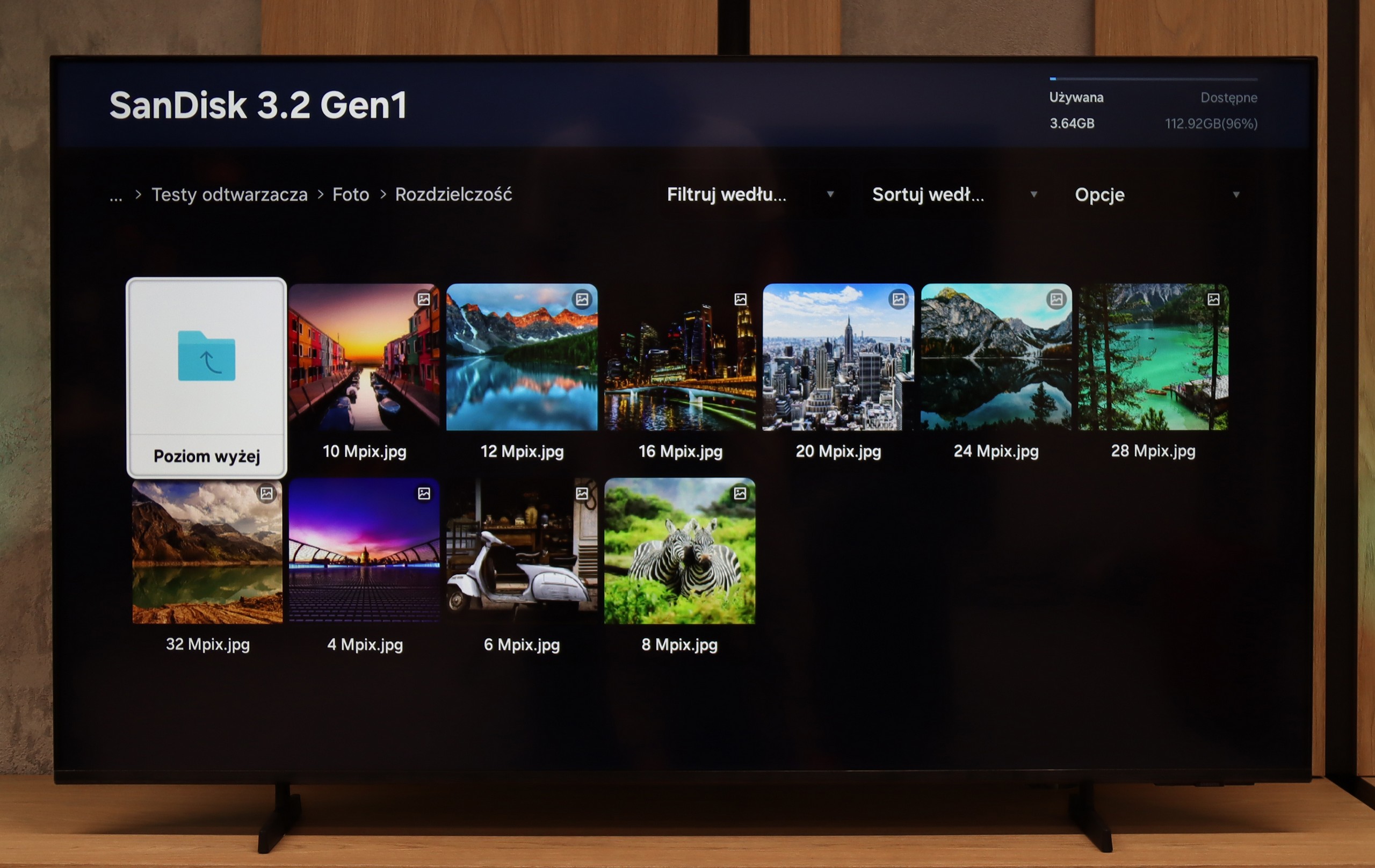
The built-in media player in the Samsung DU7192 television is certainly an asset of this model. In our tests, the device handled nearly all video and audio files with ease, except for Dolby Vision formats and less popular codecs – which is understandable in this price range. The ability to support Polish characters in subtitles and the option to change font colours also deserves attention, as it improves the viewing comfort for films with external subtitles. Unfortunately, in the case of photos, the player performs worse, supporting only the popular JPEG format.
Samsung U8092F handles the playback of files quite seamlessly – the television supports most popular audio and video formats. Of course, it does not support Dolby Vision, but this is simply not found in any Samsung model.
Certain reservations can be made regarding the support for external text files – those that the user would like to add as subtitles to a film. During our tests, the television only played TXT files, while other extensions such as SRT or SUB unfortunately did not work. This may not be a problem for everyone, but it is worth knowing. Perhaps this is an issue to be improved in the future through a television operating system update.
Apps
8.7/10
8.7/10














































Sound
5.4/10
5.7/10
- Subjective sound quality:5.4/105.7/10
- Dolby Digital Plus 7.1:
- Dolby True HD 7.1:
- Dolby Atmos in Dolby Digital Plus (JOC):
- Dolby Atmos in Dolby True HD:
- DTS:X in DTS-HD MA:
- DTS-HD Master Audio:
The built-in converters offer basic quality, which at higher volume levels can lead to distortion. For this reason, we recommend using half of the volume scale to avoid distortion.
On the plus side, the support for a wide range of audio codecs, including DTS-HD Master Audio and Dolby Digital Plus, should be noted. These standards allow for the transmission of high-quality surround sound to external devices, such as soundbars or home cinema systems. As a result, despite the limitations of the built-in sound system, users can enjoy significantly better audio experiences using additional equipment.
U8092F does not pretend to have home cinema on board. We receive a standard set of 2 x 10 W, which sounds decent, but without much excitement, though with a slight bass. For everyday viewing, this audio setup is entirely sufficient. We were positively surprised that it managed to play a film with the built-in Dolby Atmos (JOC) codec – although of course, we are not talking about true surround sound here.


